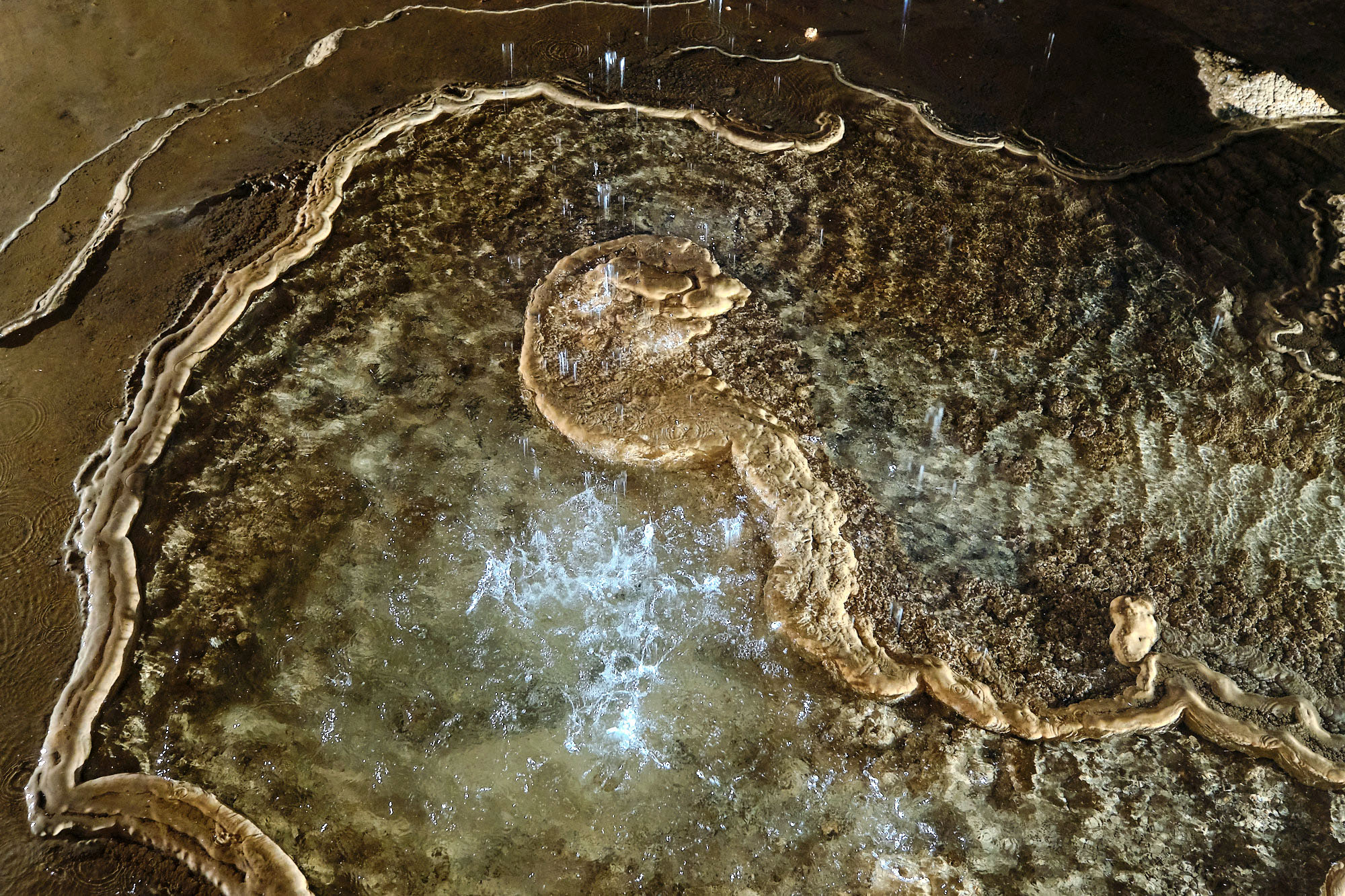No story about Montenegrin music and folklore would be complete without a word about Gusle (a single-stringed musical instrument and musical style traditionally used in the Dinarides region of Southeastern Europe in the Balkans). As a nation with a long history, Montenegrins have witnessed great events and happenings through which they built their existence and statehood. History had to be remembered and the greats of Montenegro kept from oblivion, so every detail and event, every chivalry and heroism was transformed into a song and became part of a tradition and legend that will seduce you with its mysticism and beauty. The song encouraged, celebrated, mourned, and the fiddle was there to contribute to the festivities with their warm tone. All this is exactly what the guides of Lipa Cave tell their visitors, the story of the traditional Montenegrin instrument is an indispensable part of the cave tour.
In 1865, the famous French scientist, historian, and publicist Francois Lenormand visited Montenegro, after which he published several works on Montenegro. The most famous is his extensive study “Turks and Montenegrins”, in which he glorifies the heroism and freedom of Montenegrins in Chapter VI in the following way: The past of Montenegro was presented to us as an epic of several centuries in which the exploits of unusual heroism worthy of song and the Gusle, which inspired the folk muse of these mountaineers. We could not resist without sharing our admiration with the readership, believing that for one interesting book there is a lot of material in the effort with which Montenegrins founded and maintained their freedom.
We have decided to publish an interesting tourist blog written by Sanja Mitrović in 2018, titled “Gusle against oblivion”. We would also slightly alter the title to “the Cave formations against oblivion”. Lipa cave’s ornaments are very diverse which is one of the reason Lipa cave became a must see attraction on Cetinje. We know that once upon a time villagers entered the cave to extract water and they gave different names to cave ornaments in order to orient themselves more easily. Hence the name of Gusle, as one of the most interesting cave decorations you may witness during Cave experience tour. Many Lipa cave visitors enjoy listening to the story of the Gusle and learning more about our culture and tradition through the prism of this unusual speleological formation.
In a manner of speaking, Gusle is still sacred to every Montenegrin. Gusle saved our history from oblivion, until the tradition of oral history was replaced by the written word.
At a time when a large portion of the population was still illiterate, the only way to pass on historical events from one generation to another was with the sounds of Gusle over the flames of fire. Guslars, these folk authors, sought inspiration in the true exploits of their compatriots, glorious events, battles, or even the torments of everyday life. Epic songs, performed in a specific way, with expressive tones and small tonal variations of this one stringed instrument, depended greatly on the singing abilities of a guslar. His voice was to replace the poor support of an instrument that would play a key role in creating collective memory and national unity. Most of the songs performed with Gusle were composed during the battles against the Ottomans. Guslars, who were also the authors, would perform their songs in front of the gathered people, eager for encouragement in difficult times and glorious examples to follow. At the same time, part of the audience was in charge of quality control: the surviving witnesses of an event closely monitored whether the guslar deviated from the facts and protested vigorously if it was determined that this was the case. Gusle is a wonderful and precious testimony of turbulent times, during which an impoverished nation managed to preserve their spirit and freedom and resist the most powerful force of its time. Even today, listening to Gusle live, with guslar’s serious tone and attitude, leaves neither Montenegrins nor tourists indifferent.
Did you know?
There is no consensus reached on the origin of this instrument. It is still unknown whether it was brought here by the Slavs or it came with an Islamic cultural wave. Arab travel writers reported that the Slavs used them in the tenth century. However, Gusle is not only a national instrument of Montenegro but also of other Balkan countries. It can be found in Serbia, Bosnia and Herzegovina, Croatia, and even Albania. The instrument has a specific shape and is made only by the hands of the most skilled craftsmen who know the processing of wood and its acoustic properties. It is usually made of maple wood, which must first be dried (about a year) to start processing. Gusle consists of a music box covered with animal skin (goat or sheep), to which a neck and a carved (decorative) head are attached. The head holds a wire tension regulator consisting of 30 horsehairs, just like the ones the bow. Among the motifs most often found on the head of Montenegrin Gusle are a two-headed eagle, the poet and ruler Njegoš, Lovćen mountain, a goat with pronounced horns, a horse, and even a snake, as well as geometric elements. Performing songs with Gusle requires great skill. When playing Gusle, guslar places the instrument in his lap and rests the long neck on the palm of one hand. He “buzzes” with his other hand.
Unlike other European countries, Montenegro has preserved a part of itself from the times long past through songs and Gusle. There is a formation in the Lipa cave that resembles Gusle in its shape. It makes the cave even more beautiful and worth the visit and attention, precisely because of its story and oral transmission of Montenegrin history that leaves no visitor indifferent.
Author: Sanja Mitrović, original text can be found here.


